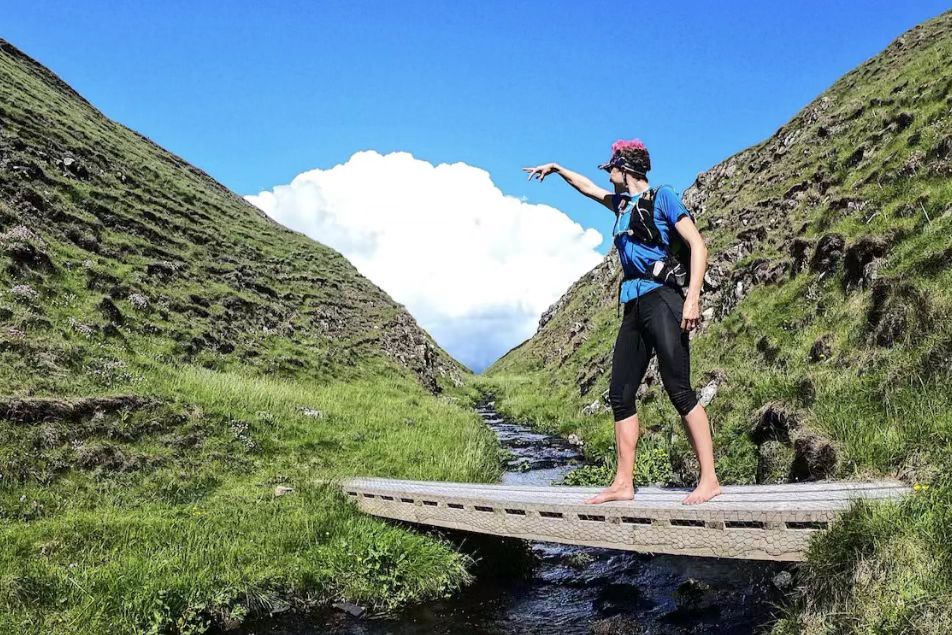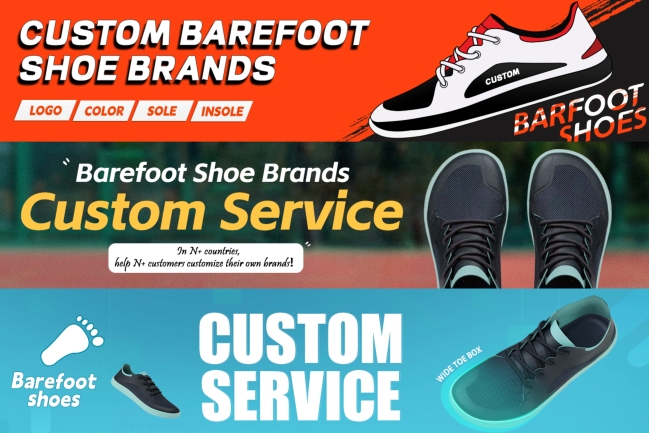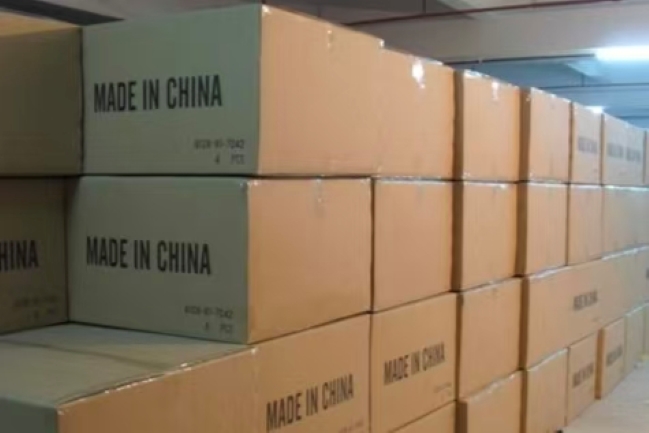Among the high-rise buildings in Manhattan, New York, Anna McNuff – a British adventurer and best-selling author – is experiencing a foot crisis. This endurance athlete who once ran all over the world found that wearing modern running shoes for a long time made her feet fragile and even began to have chronic pain. Meanwhile, on the track of the Rome Olympics half a century ago, the legendary Ethiopian runner Abebe Bikila was making the history of the marathon barefoot, showing the true potential of human feet to the world in the most primitive way.
These two stories that transcend time and space reveal a truth concealed by the modern footwear industry: human feet do not need so much “technological” intervention in the first place.
Domesticated feet
In a boutique shoe store in Ginza, Tokyo, a pair of high-tech running shoes priced at 800 US dollars is spinning and being displayed in the window. Meanwhile, in the mountainous area of Ethiopia, a group of schoolchildren are running barefoot on the rough mountain road. This sharp contrast reveals a truth that has been overlooked by modern civilization: human feet are undergoing an unprecedented “degradation crisis
1.Anna's confusion - When running shoes become shackles
Anna McNuff is a famous British adventure athlete, writer and motivational speaker. This woman, who was once named the “Conde Nast Traveler” Explorer of the Year, has completed many epic endurance challenges:
🚲 Cycled 14,000 miles across North America in 2013
🏃♀️2016 Run across 3,000 kilometers of New Zealand
🦶 Run barefoot through all 100 counties of England in 2019
But one early morning in the South Island of New Zealand in 2018, this endurance king encountered the biggest crisis of his career. After completing 90 consecutive days of marathons, she discovered:
🔎 Persistent stinging of the plantar fascia
🔎 The second toe of the left foot has lost sensation
🔎 The static balance test score has dropped by 40%
“The most terrifying thing,” she wrote in her diary, “was that when I tried to stand barefoot on the stones by the stream, my toes wouldn’t grasp on their own – just like mechanical parts with their nerve connections cut off.” This is absurd – an athlete who can run 3,000 miles has lost the most basic foot function.
Anna began to systematically study foot biomechanics, and her discovery was astonishing:
Modern people wear shoes on average 90% of their time every day
🙁 Regular running shoes’ heel padding causes the Achilles tendon to shorten by 15-20%
🙁 Narrow toe caps make the toe spacing between urban adults 40% narrower than that of barefoot adults
🙁 Less than 60 percent of the 28 muscles in the foot are activated on average in modern humans
“We are taming our feet with shoes,” Anna pointed out in her TED talk, “just like raising wild wolves into pugs.”
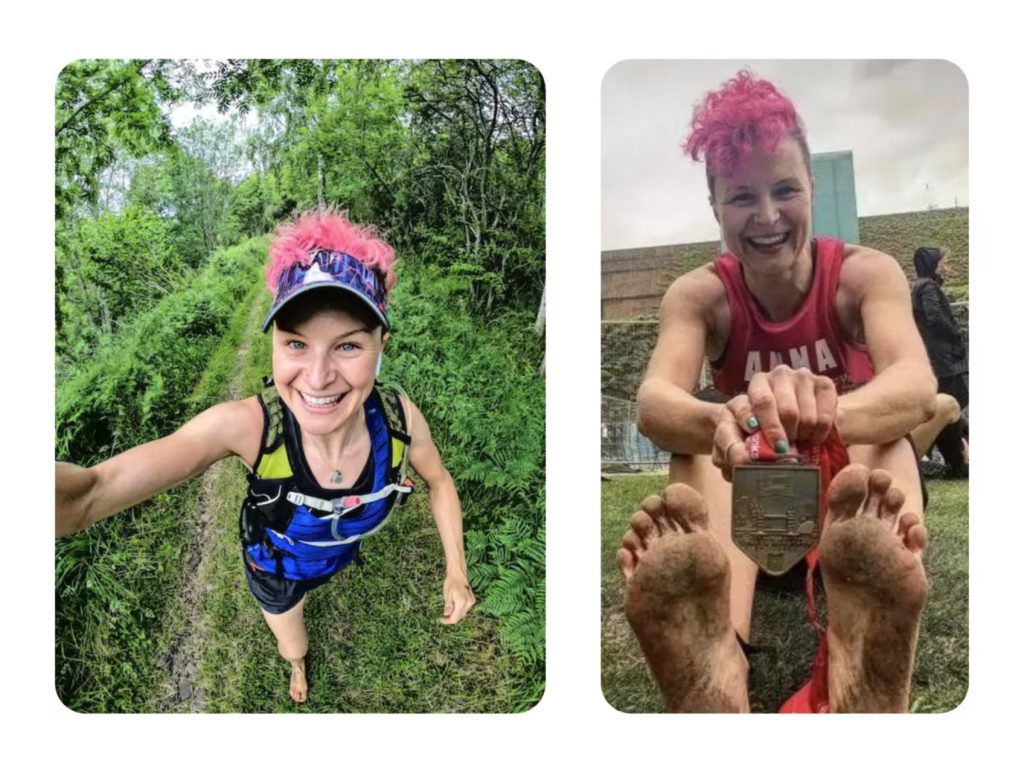
2. The Revelation of Abibi Bikira - The Wisdom of a barefoot Runner
Born into a poor family in Ethiopia on August 7, 1932 (coinciling with the marathon event day of the Los Angeles Olympics), when he was a child, due to his poor family circumstances, he ran barefoot for several kilometers to school. At the age of 18, he joined the Guard and was passionate about long-distance running in the army. Later, he met the Swedish coach Onni Niskanen and didn’t officially start training for the marathon event until he was 28 years old. At the 1960 Rome Olympics, Abibi Bikira decided to compete barefoot because her only running shoe broke down during training. In the final mile of the race, he accelerated and won the championship with a record-breaking time of 2 hours, 15 minutes and 16 seconds, becoming the first African black athlete to win an Olympic gold medal. After returning home, he was cheered by the whole country. At the 1964 Tokyo Olympics, he underwent an appendectomy 40 days before the competition. This time, wearing running shoes, he took the lead halfway through and broke the record with a time of 2 hours, 12 minutes and 11 seconds, leading the second place by more than 4 points to win the gold medal. He became the first athlete in Olympic history to consecutively win the gold medal in the marathon.
When the reporter asked him why he didn’t wear shoes, the Ethiopian soldier simply replied, “I want the world to know that my country, Ethiopia, always moves forward with courage and determination.”
Bikira’s victory is not only a legend in the history of sports, but also a classic case in the study of sports biomechanics. Scientists later discovered that barefoot runners usually:
🔍 Land on the forefoot or the whole foot to reduce impact
🔍 has stronger small muscle groups in the foot
🔍 Keep a more upright running posture to reduce energy loss
🔍 shows more natural gait adaptation
Bikira has proved to us that the most advanced running shoe technology may not even match the innate intelligence of human feet.
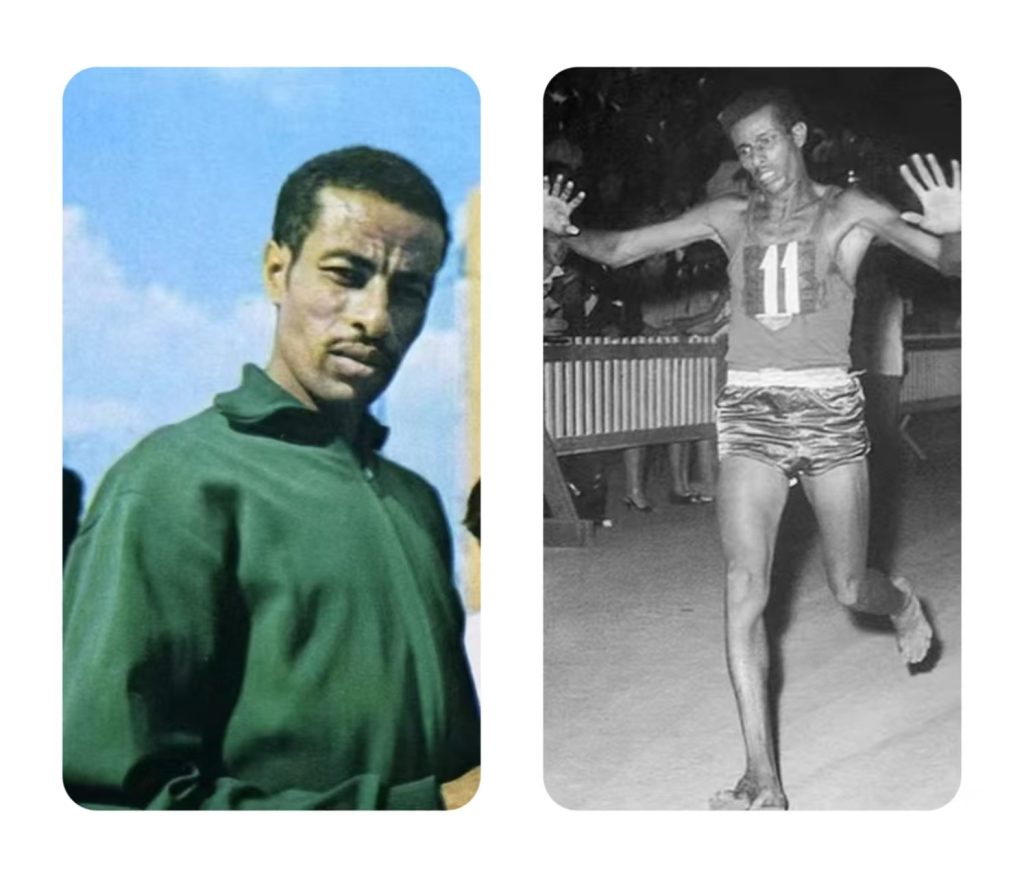
3. The Science of Barefoot - A Function Forgotten by Modern Footwear
Research by Daniel Lieberman, an evolutionary biologist at Harvard University, has confirmed that the human foot consists of 26 bones, 33 joints, and over 100 muscles, tendons, and ligaments – a sophisticated system that has evolved over millions of years and is specifically optimized for barefoot walking and running.
The problems brought about by the “overprotection” of modern footwear include: Weakened arch of the foot: Long-term reliance on insoles for support leads to atrophy of the sole muscles of the foot
Proprioceptive degeneration: Thick soles block the neural feedback between the feet and the ground
Abnormal gait: The running posture where the heel lands first increases the impact on the joints
Toe deformity: Narrow toe caps can lead to problems such as hallux valgus
“We’re not wearing shoes,” Anna concluded, “but letting the shoes wear us – gradually changing the shape and function of our feet.”
4. The balance way of barefoot shoes
Due to the limitations of conditions such as religious culture and hygiene requirements, it is neither possible to require urban people to live barefoot like Bikira, nor are they willing to continue being bound by traditional shoes. Thus, a compromise solution emerged: barefoot shoes. It is a kind of shoe design that simulates the experience of walking barefoot. Its core concept is “minimum intervention, maximum freedom”, aiming to bring the feet back to their natural state while providing necessary protection.
High-quality barefoot shoes have the following characteristics:
Zero-drop sole: Maintain a natural foot Angle
Ultra-thin flexible outsole: Provides protection without blocking ground feedback
Wide toe design: Allows the toes to stretch naturally
Unsupported structure: Forces the foot muscles to work actively
5.The Modern Path to Regaining the Original Talent
The transition to barefoot shoes requires a scientific adaptation process:
Phase One (1-4 weeks) :
Train barefoot for 15 minutes every day
Start with standing balance exercises
Home adaptation with barefoot slippers
Phase Two (4-8 weeks) :
Short-distance barefoot walking
Plantar fascia massage
Practice of grasping towels with toes
Phase Three (after 8 weeks) :
Gradually increase the running distance
Introduce uneven road surface training
Conduct barefoot assessments regularly
After a six-month transition period with barefoot shoes, you will find that:
The pain in the sole of the foot disappears
The efficiency of running has improved.
The balance ability has been significantly enhanced
The toes regain their grip ability
This feeling is like untying an invisible bandage, and your feet can finally breathe freely like Bikira.
Conclusion: Embark on the journey of return
Conclusion: Embark on the journey of return
From the barefoot legend of Bikira to the minimalist revolution in modern cities, we are rediscovering a simple truth: human feet do not need overly engineered “rescue”; what they need is trusted freedom.
Barefoot shoes are not the end, but a bridge – connecting modern people isolated by concrete with the earth that nurtures us, and connecting the forgotten primitive wisdom with the necessary modern protection. On this path of return, every step is an awakening, and every inch of contact is a dialogue.
Your feet remember all the answers. Just give them a chance to speak.
Explore our biomechanical barefoot shoe series and embark on your foot revival journey.


